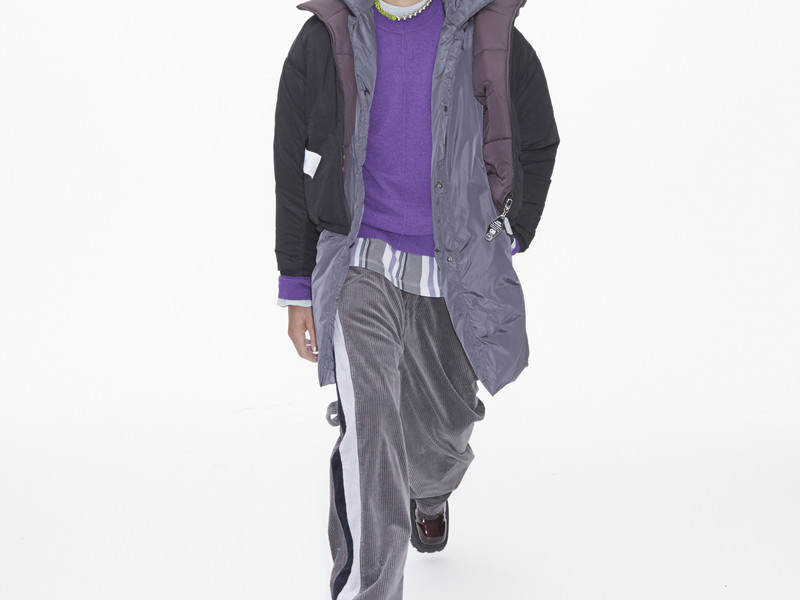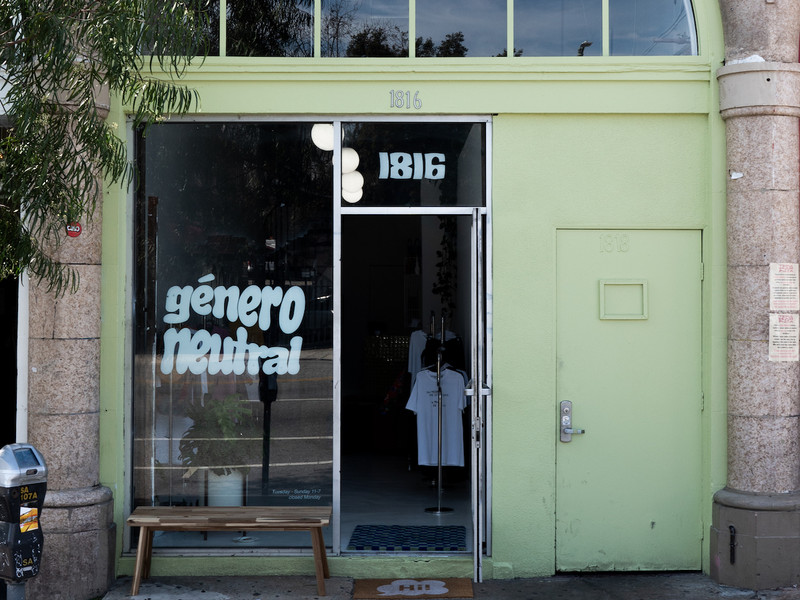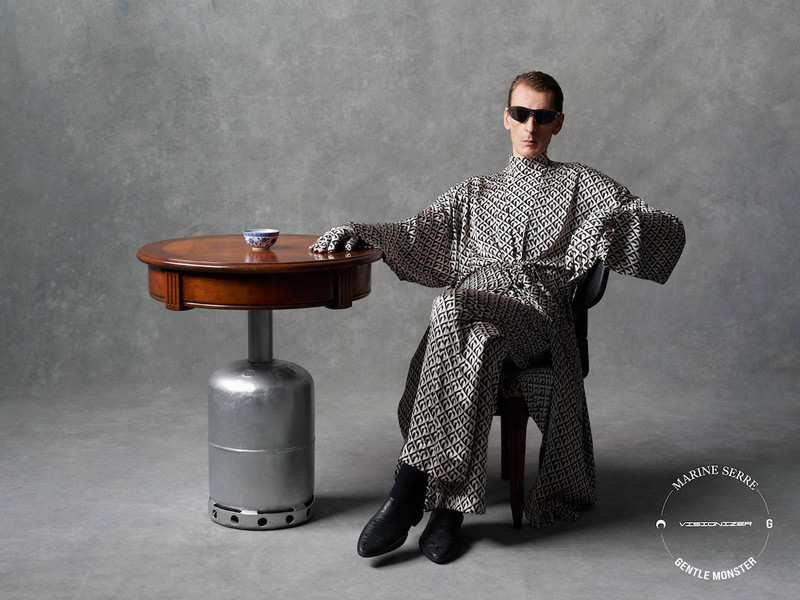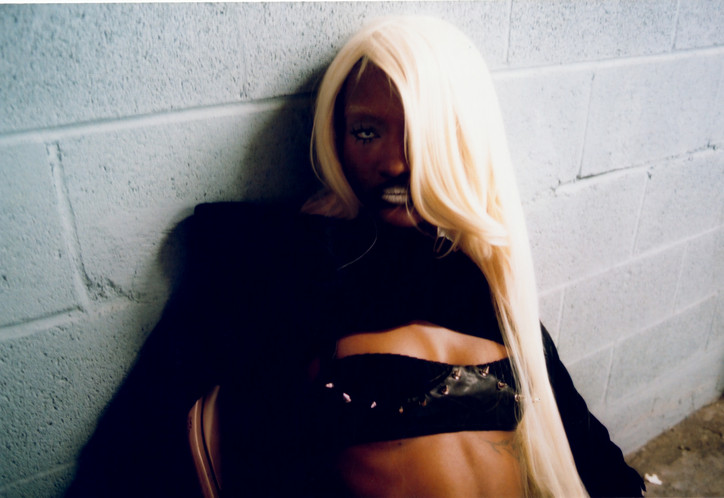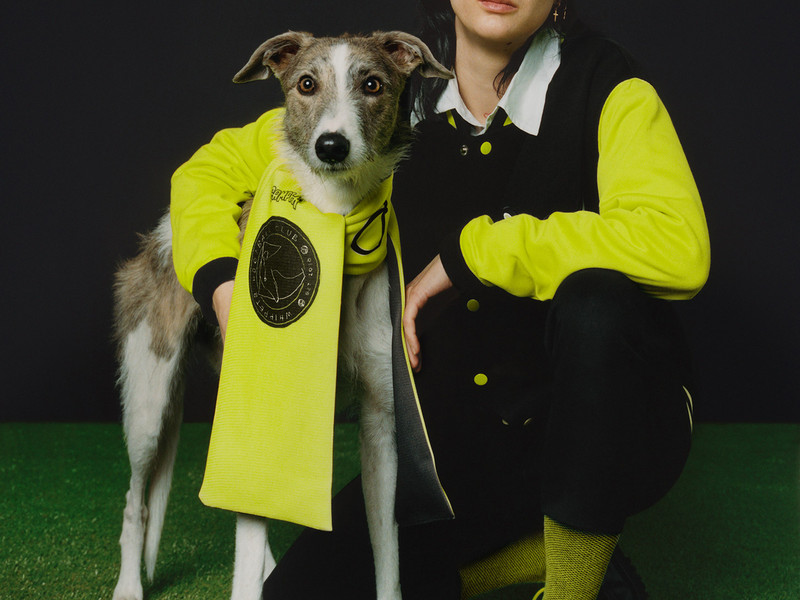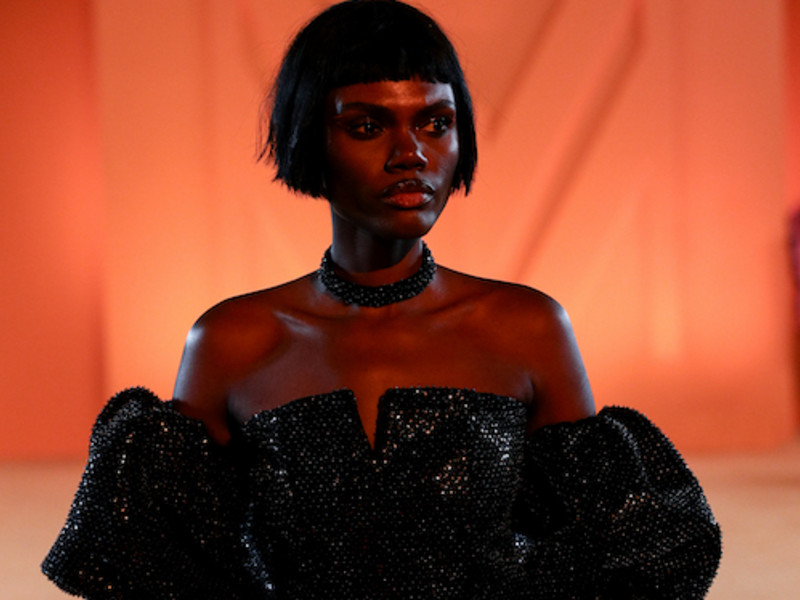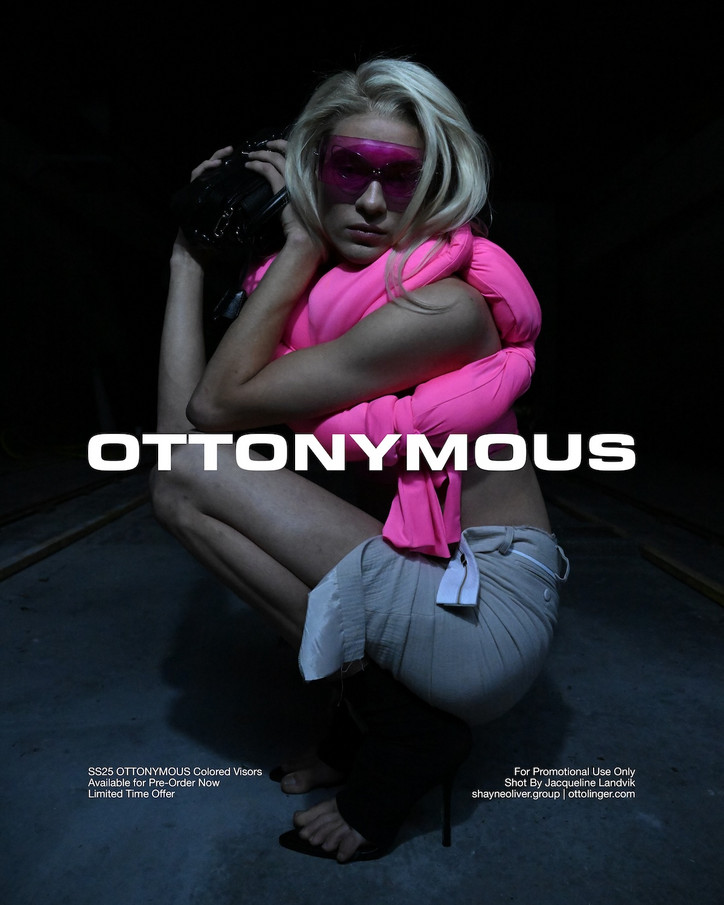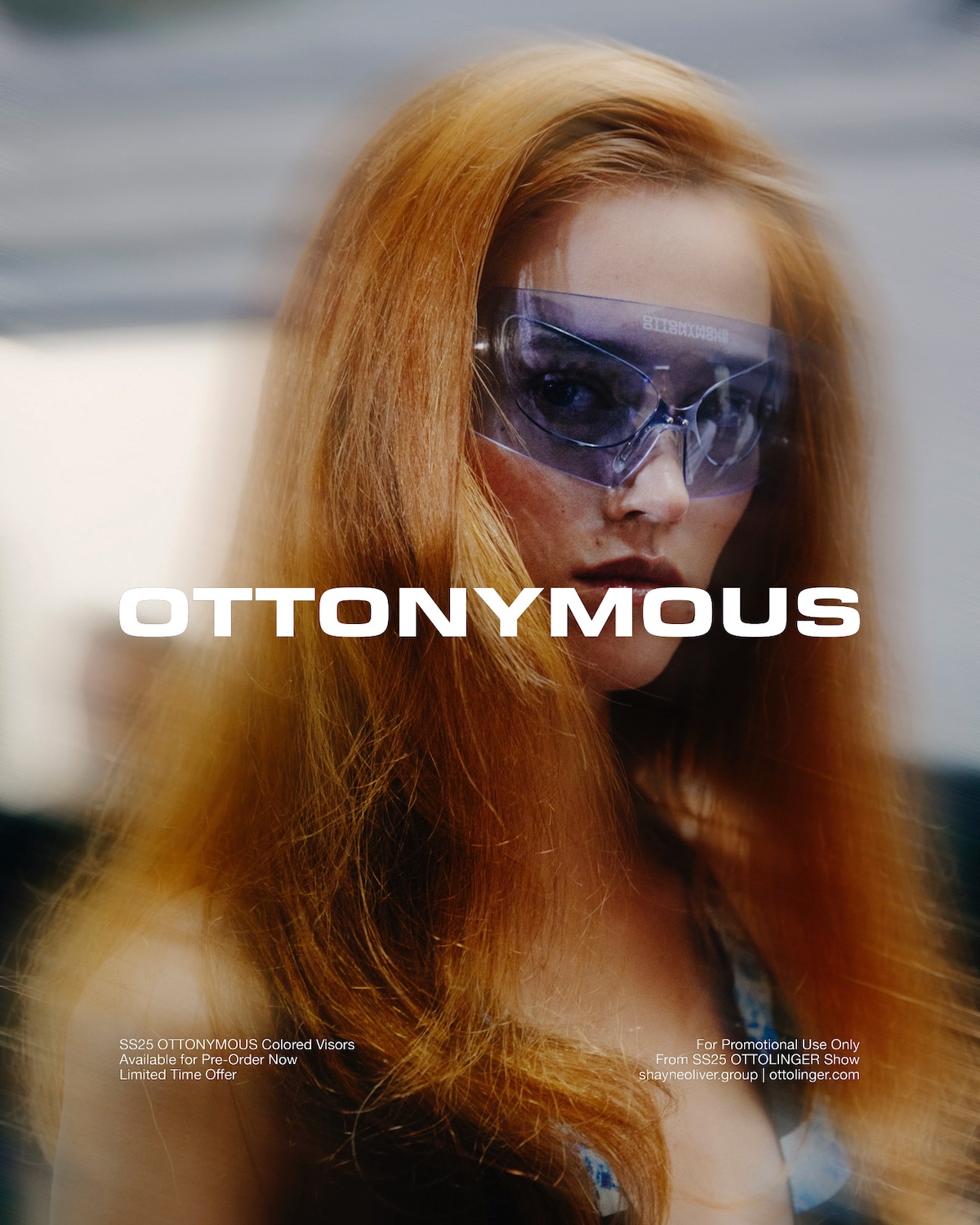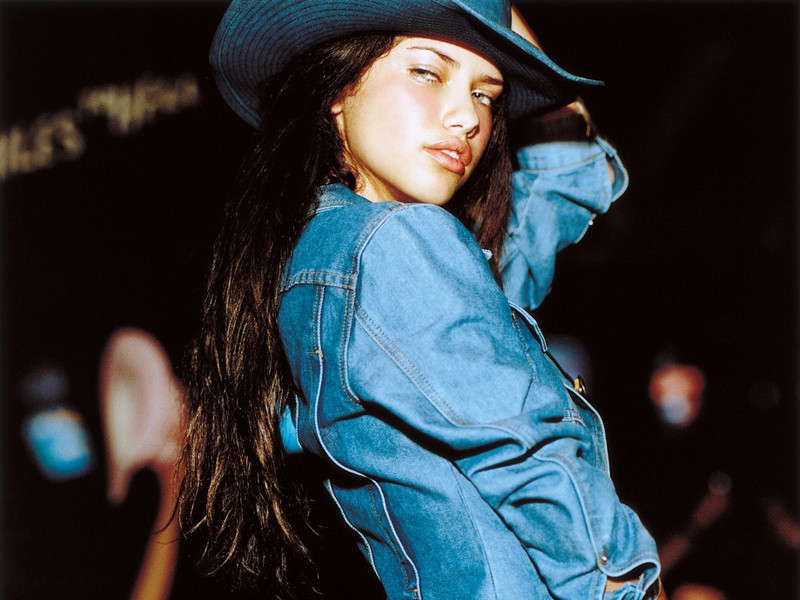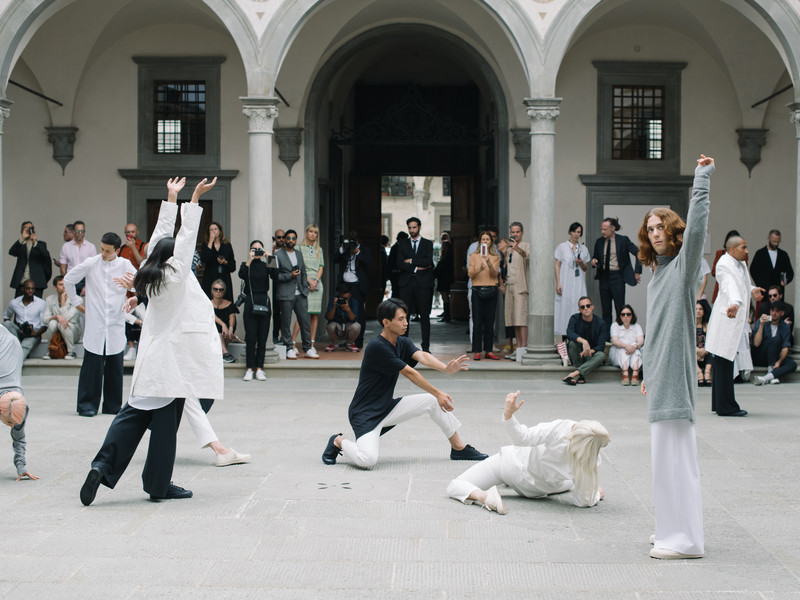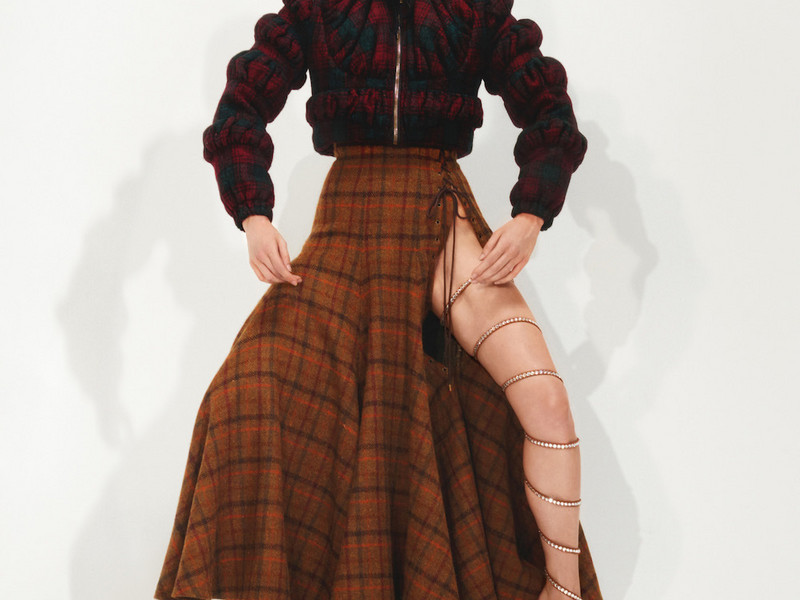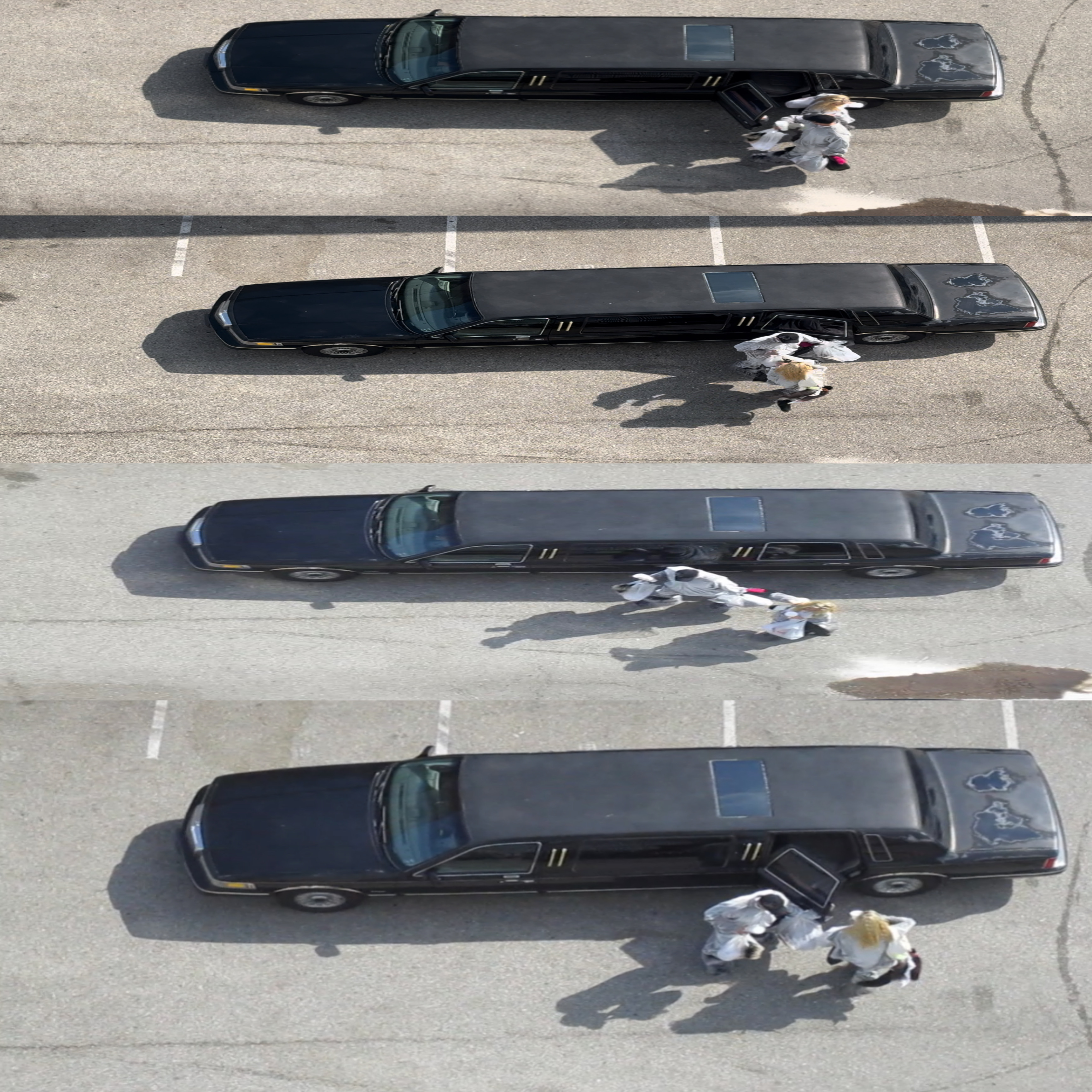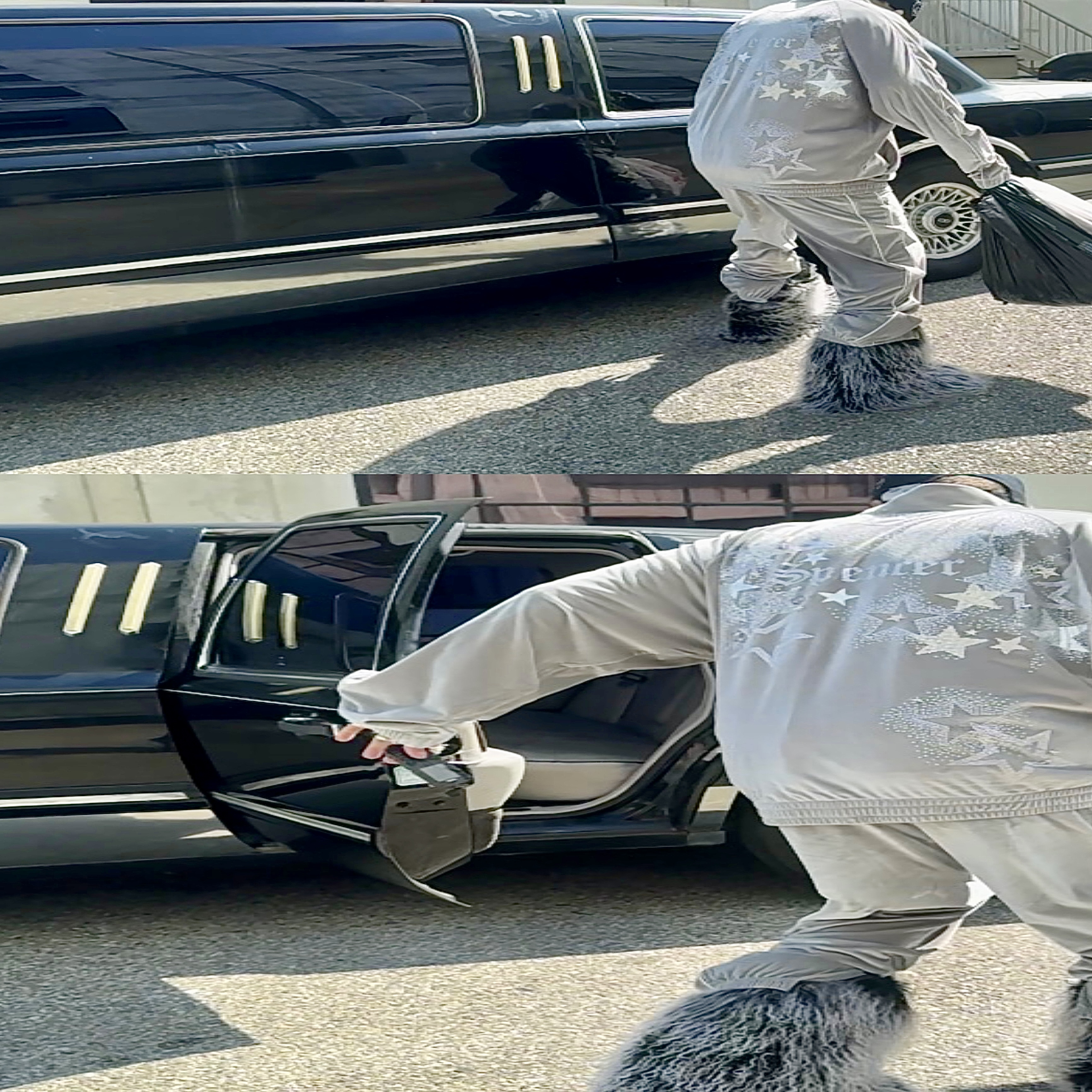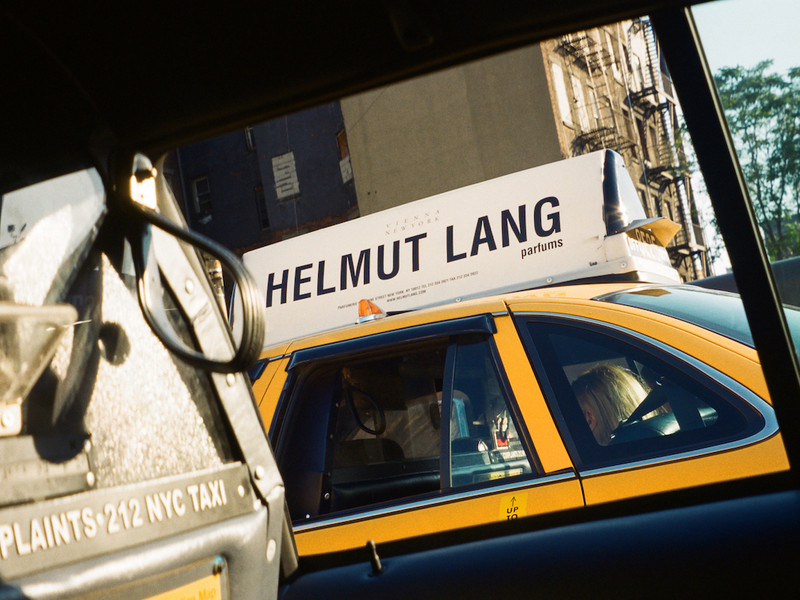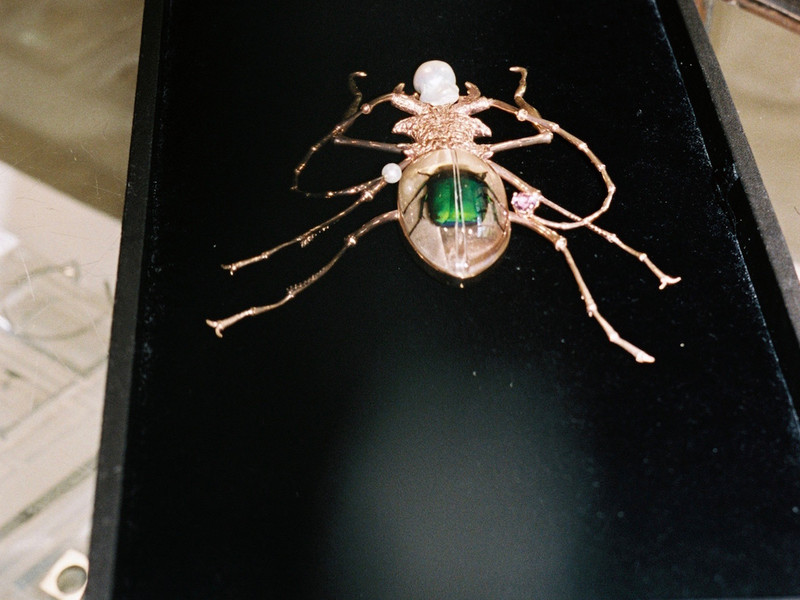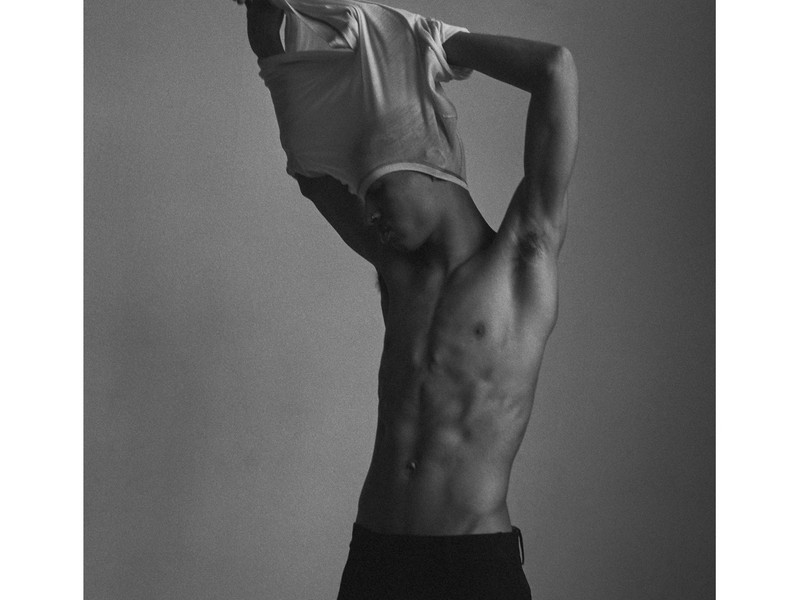All-American With Shane Gonzales and Vault by Vans
The black leather Old Skool VLT LX sneaker features Western cowboy inspired embroidery with a white midsole, creating a contrasting aesthetic that feels both vintage and modern, while the Authentic Zip VLT LX features a classic, light blue denim, as well as a tan midsole with silver zippers and chrome buttons. And lastly, the classic Sk8-Hi Reissue Strap VLT LX, features a marvelous silver buckle on it's black, leather strap, as well as a subtle orange trim, silver eyelets, and a black collar lining.
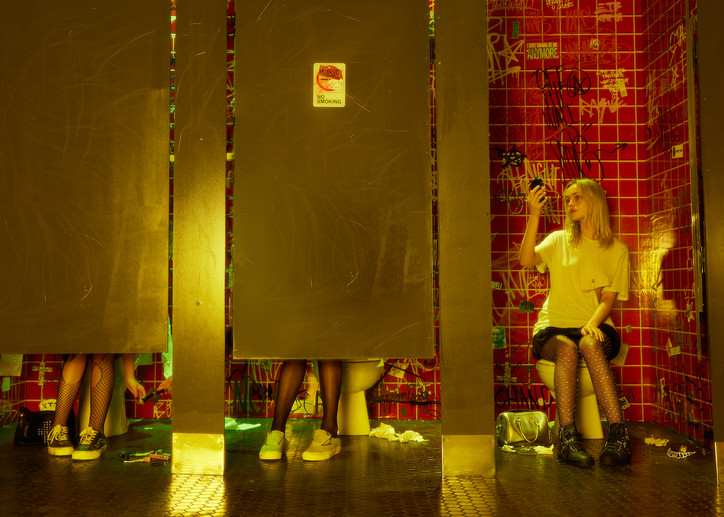
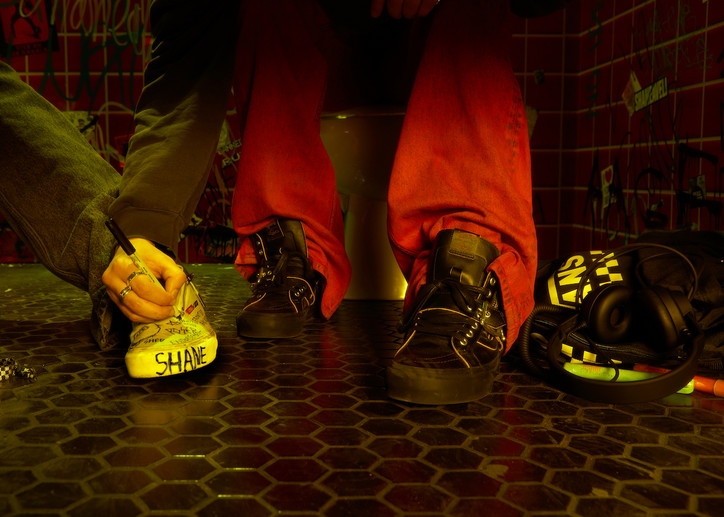
"Collaborating with Vans is such a full circle moment for me. My friends and I grew up skating in Vans every day to and from school. Drawing on them, and thrashing them until they weren’t wearable anymore. When I got the opportunity to create my own collection, I wanted to re-imagine the 3 Vans silhouettes that bring me back to my childhood, and incorporate timeless all-American motifs into the design that I know will wear beautifully over time,” says Gonzales regarding the collaboration.
The collaboration will be available globally beginning April 7th, 2023 at select Vault by Vans retail locations.

